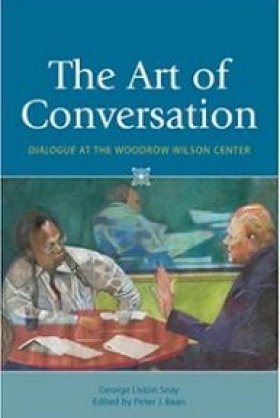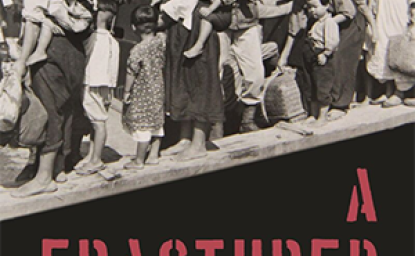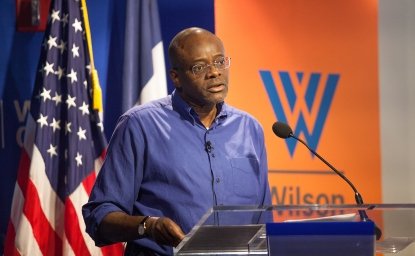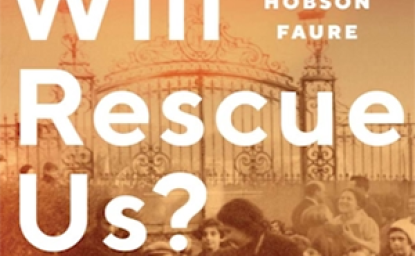The Art of Conversation: dialogue at the Woodrow Wilson Center

-
When Robert McNamara co-authored Wilson’s Ghost, he intended the book as an apology—his “political last will and testament”—for misguided policies he had advanced in the Vietnam War. And when General Benjamin O. Davis Jr. led the fabled Tuskegee Airmen in the skies of Europe in World War II, he saw that as a second front in a war for dignity that black aviators were already fighting.
These are but two of the candid, deeply personal, revelations in this collection of conversations from dialogue, a weekly radio and television series of extensive interviews (each originally half an hour long) coming from the Woodrow Wilson International Center for Scholars in Washington, D.C. dialogue is broadcast by about 150 U.S. radio stations, the MHz WORLDVIEW channel and MHz NETWORKS, National Public Radio Worldwide, and Armed Forces Radio Network, and the ichannel in Canada, for a weekly listenership/viewership in the hundreds of thousands if not millions in the U.S. and around the world.
Whether the guests are celebrities like Bill Bradley or Shelby Foote, or lesser-known scholars, poets, diplomats, officials, and authors, the conversations are uniformly gripping and thoughtful. Presented as “conversations about ideas,” the broad range of topics is emblematic of the scope of human endeavor in the arts, sciences, history and culture. The 24 interviews selected for The Art of Conversation are favorites from among the 900 broadcast over the past twenty years.
Guided by host George Liston Seay, the guests uniformly display “the joy of people who take each other seriously.” In solid, plainspoken fashion, they demonstrate that there is an art of conversation and that even in this fragmented video age, it still flourishes.
Authors
Browse Insights & AnalysisExplore More
Browse Insights & Analysis



